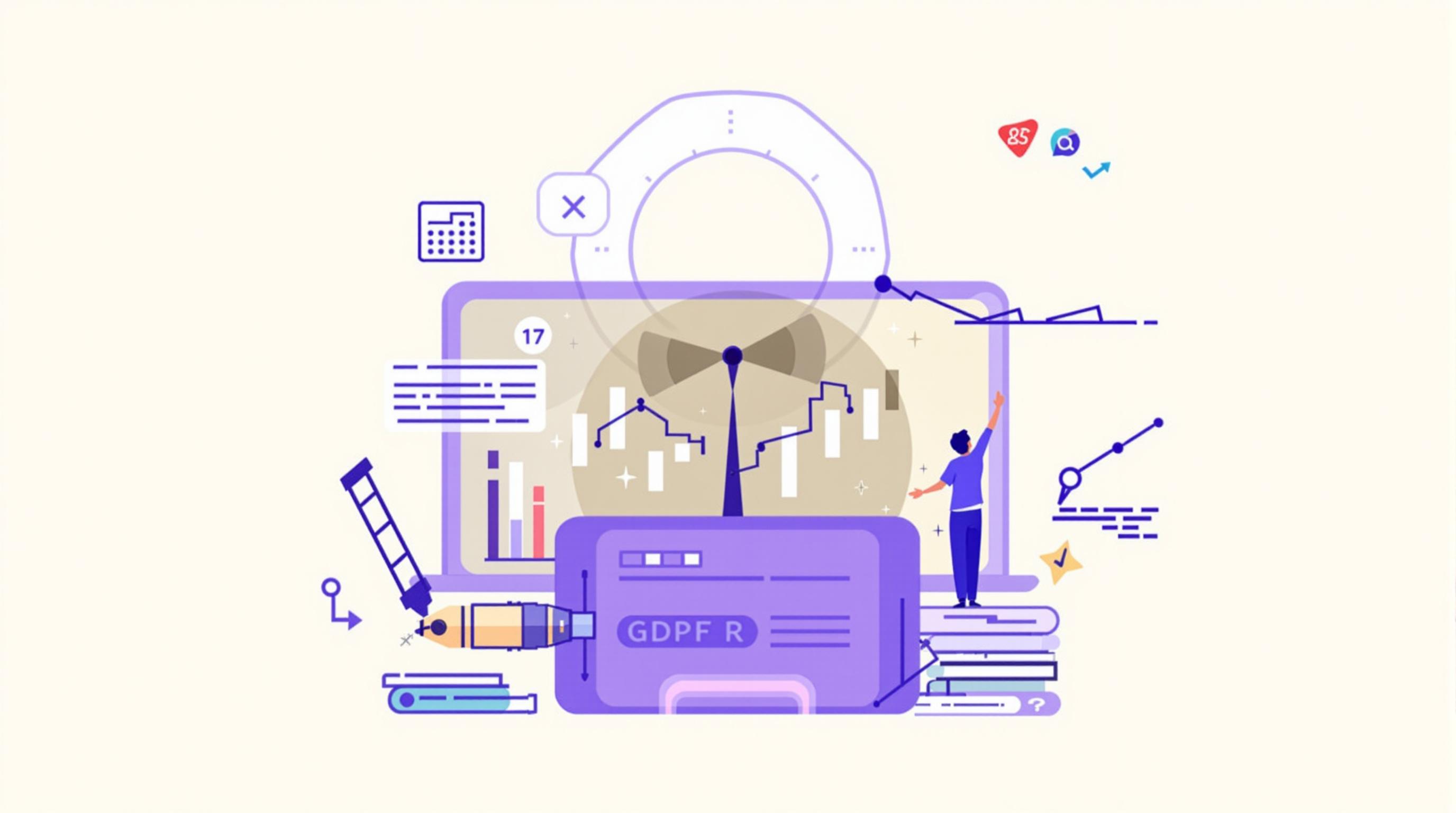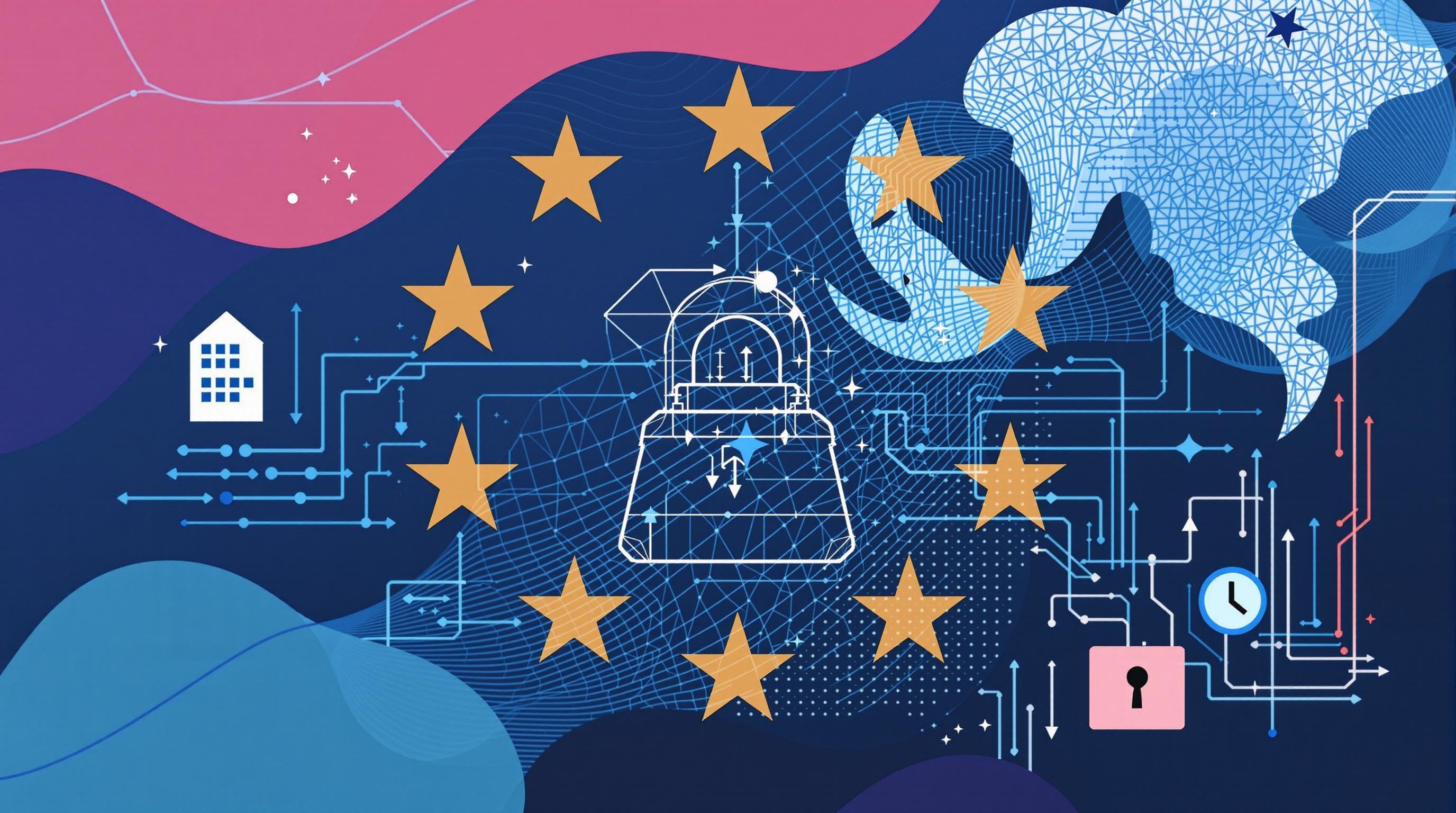Related Articles
- 7 Best Emerging GDPR Tools to Future-Proof Your Data Strategy Beyond Standard Compliance
- 7 Cutting-Edge Franchise Management Softwares Released Since 2019 Ranked for Legal Compliance and Efficiency
- How Forgotten Folklore Influences Modern Privacy Norms and Unexpected Data Protection Practices
- When Silence Speaks: The Unexpected Impact of Cultural Nuances on Confidential Agreement Effectiveness
- Unveiling Unseen Threads: How Franchising Intersects with Environmental Compliance and Green Regulations
- Unraveling the Impact of Cultural Misalignment in Cross-Border Collaborations on Partnership Sustainability
5 Lesser-Known GDPR Compliance Pitfalls Every Data Officer Must Watch Out For in 2024
5 Lesser-Known GDPR Compliance Pitfalls Every Data Officer Must Watch Out For in 2024
5 Lesser-Known GDPR Compliance Pitfalls Every Data Officer Must Watch Out For in 2024
1. Overlooking Data Minimization Nuances
Data minimization is a core principle of GDPR, requiring organizations to collect only the data necessary for a specific purpose. However, one common pitfall is misinterpreting what "necessary" means, which leads to collecting excessive data “just in case.” This can increase risk exposure and trigger compliance issues.
Data officers must carefully evaluate their data collection practices and continually review whether the data held is truly essential for the processing activity. Regular audits and data mapping can help identify unnecessary data accumulation.
Studies such as those by the European Data Protection Board highlight that non-compliance in data minimization is frequently overlooked yet potentially costly ([EDPB Guidelines 2023](https://edpb.europa.eu)). Being meticulous about this principle will safeguard against future penalties.
2. Ignoring the Complexity of Cross-Border Data Transfers
With increasing reliance on cloud services and international partners, cross-border data transfers have become routine. However, GDPR imposes strict conditions, and many data officers fail to grasp the nuances of adequacy decisions, standard contractual clauses, and supplementary measures.
For example, post-Schrems II, transfers to some countries without adequacy status require comprehensive risk assessments and contractual protections. Overlooking these can result in significant fines and enforcement actions.
Experts recommend staying updated on guidance from the European Data Protection Board and working closely with legal teams to ensure all transfers comply with the evolving regulatory landscape ([EDPB Schrems II Guidance](https://edpb.europa.eu/our-work-tools/our-documents/guidelines/2020/schrems-ii_en)).
3. Mismanagement of Data Subject Rights Requests
GDPR provides individuals with extensive rights, including access, rectification, erasure, and data portability. While many organizations prepare for these, lesser-known pitfalls arise in handling complex or repeated requests incorrectly.
For instance, data officers should implement clear procedures to verify request legitimacy without infringing privacy and ensure timely response within the one-month timeframe. Improper handling can lead to delays and non-compliance.
Moreover, automated systems for managing such requests can reduce errors but require regular testing and updates. EU case law shows repeated mishandling of subject rights can undermine trust and result in penalties ([European Court of Justice rulings](https://curia.europa.eu)).
4. Inadequate Documentation and Record-Keeping
GDPR mandates comprehensive documentation of processing activities, which is often underestimated by data officers. Incomplete or inconsistent records can hinder compliance verification during audits by regulators.
Data officers need to maintain records of legal bases for processing, data categories, recipients, and retention periods. Failing to update records following process changes is a common pitfall that increases risk of non-compliance.
Regular internal reviews and investing in data governance platforms enhance documentation reliability. According to the Supervisory Authorities’ guidelines, robust record-keeping facilitates accountability and risk management ([EDPB Accountability Guidelines](https://edpb.europa.eu)).
5. Neglecting Privacy by Design in Emerging Technologies
The GDPR enshrines the principle of Privacy by Design, yet many data officers struggle to effectively integrate this into innovative technologies like AI, IoT, and blockchain. Ignoring this principle can lead to processing activities that contravene regulatory requirements.
Privacy by Design requires embedding data protection measures from the start of any project, including data minimization, pseudonymization, and security safeguards. Retrofitting privacy controls after deployment is less effective and riskier.
To mitigate this, data officers should collaborate early with developers and conduct Data Protection Impact Assessments (DPIAs) for novel technologies. The CNIL and other authorities stress this approach as vital for compliance ([CNIL Privacy by Design](https://cnil.fr/en/privacy-design)).



